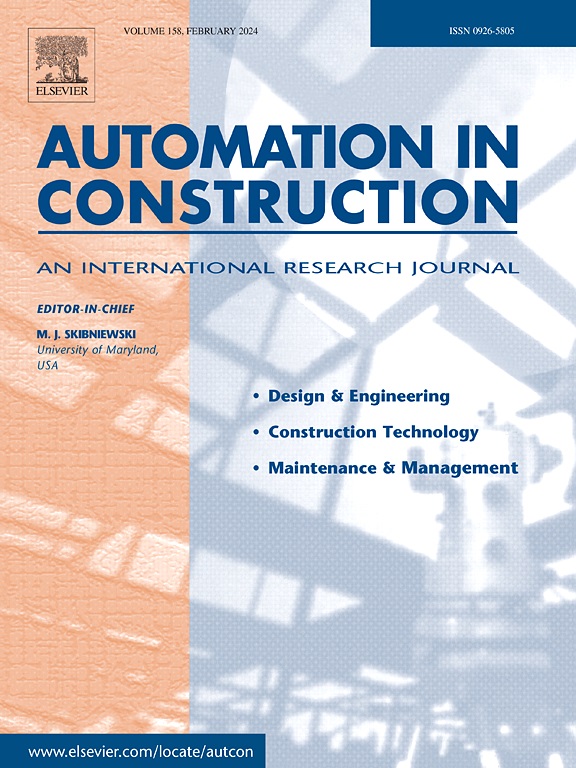Large language model-empowered paradigm for automated geotechnical site planning and geological characterization
IF 9.6
1区 工程技术
Q1 CONSTRUCTION & BUILDING TECHNOLOGY
引用次数: 0
Abstract
A sound site investigation scheme must satisfy requirements of various local, regional, or national codes, and it is imperative to have an efficient system for information retrieval, summarization, and reasoning along with a rapid interpretation tool for real-time risk-informed decision-making. Emerging large language models (LLMs) offer a promising solution for automatically processing unstructured natural languages and facilitating collaborative reasoning between humans and machines. This paper develops a customized LLM-based agent named “Geologist” to streamline geotechnical site planning and subsequent geological interpretation. A Multihop-Retrieval-Augmented Generation system is proposed to retrieve site-specific requirements from multiple site investigation design codes. Moreover, a progressive human-machine collaboration scheme is orchestrated for interpretable geological modelling. The efficiency of the proposed LLM-guided paradigm is validated through illustrative examples and real-world case histories. Results show that the proposed workflow facilitates real-time and accurate information retrieval as well as automatic development of subsurface geological cross-sections with quantified stratigraphic uncertainty.

用于自动化岩土工程场地规划和地质特征的大型语言模型授权范例
一个健全的现场调查方案必须满足各种地方、区域或国家法规的要求,并且必须有一个有效的信息检索、总结和推理系统,以及一个快速的解释工具,以便实时做出风险知情的决策。新兴的大型语言模型(llm)为自动处理非结构化自然语言和促进人与机器之间的协作推理提供了一个有前途的解决方案。本文开发了一个定制的基于llm的代理,名为“地质学家”,以简化岩土场地规划和随后的地质解释。提出了一种多跳检索增强生成系统,从多个站点调查设计规范中检索站点特定需求。此外,一个渐进的人机协作方案是精心策划的可解释的地质建模。通过说明性示例和现实世界的案例历史验证了所提出的法学硕士指导范式的效率。结果表明,该工作流程有利于实时、准确的信息检索,并可实现具有量化地层不确定性的地下地质剖面的自动开发。
本文章由计算机程序翻译,如有差异,请以英文原文为准。
求助全文
约1分钟内获得全文
求助全文
来源期刊

Automation in Construction
工程技术-工程:土木
CiteScore
19.20
自引率
16.50%
发文量
563
审稿时长
8.5 months
期刊介绍:
Automation in Construction is an international journal that focuses on publishing original research papers related to the use of Information Technologies in various aspects of the construction industry. The journal covers topics such as design, engineering, construction technologies, and the maintenance and management of constructed facilities.
The scope of Automation in Construction is extensive and covers all stages of the construction life cycle. This includes initial planning and design, construction of the facility, operation and maintenance, as well as the eventual dismantling and recycling of buildings and engineering structures.
 求助内容:
求助内容: 应助结果提醒方式:
应助结果提醒方式:


